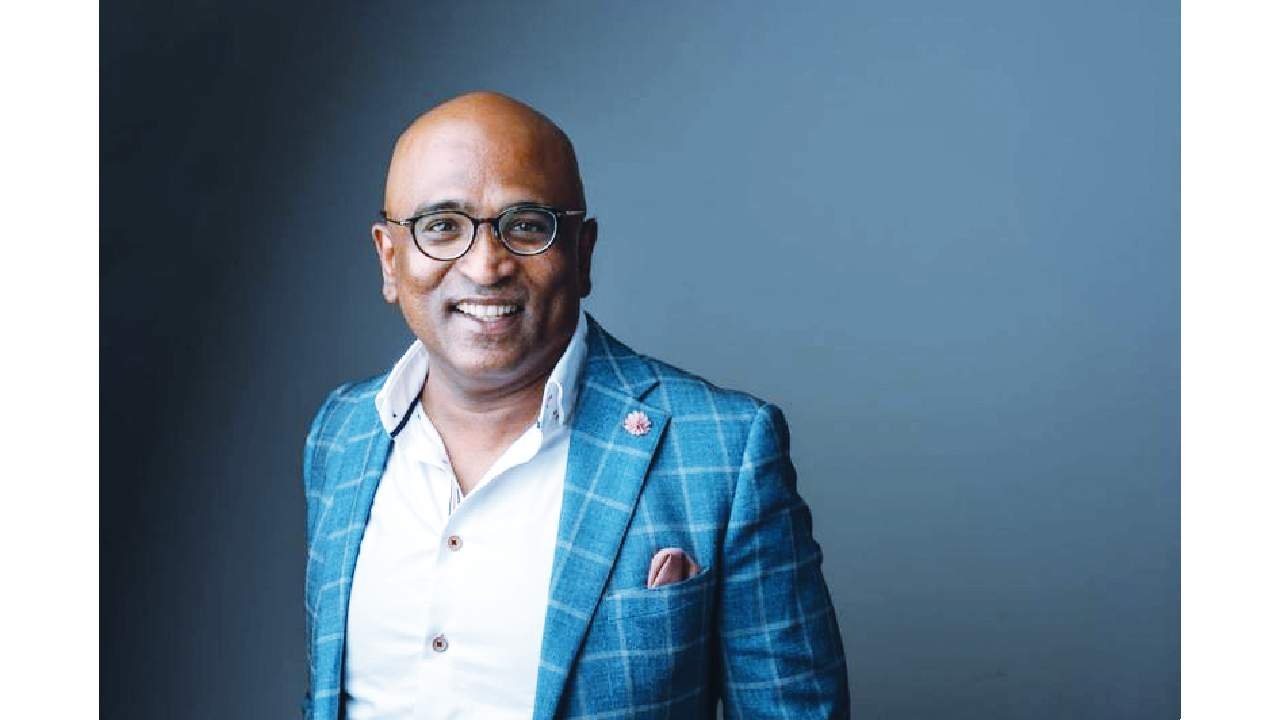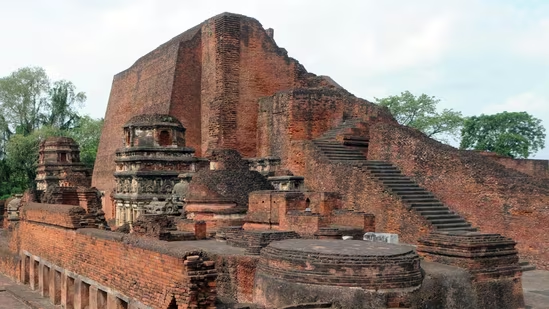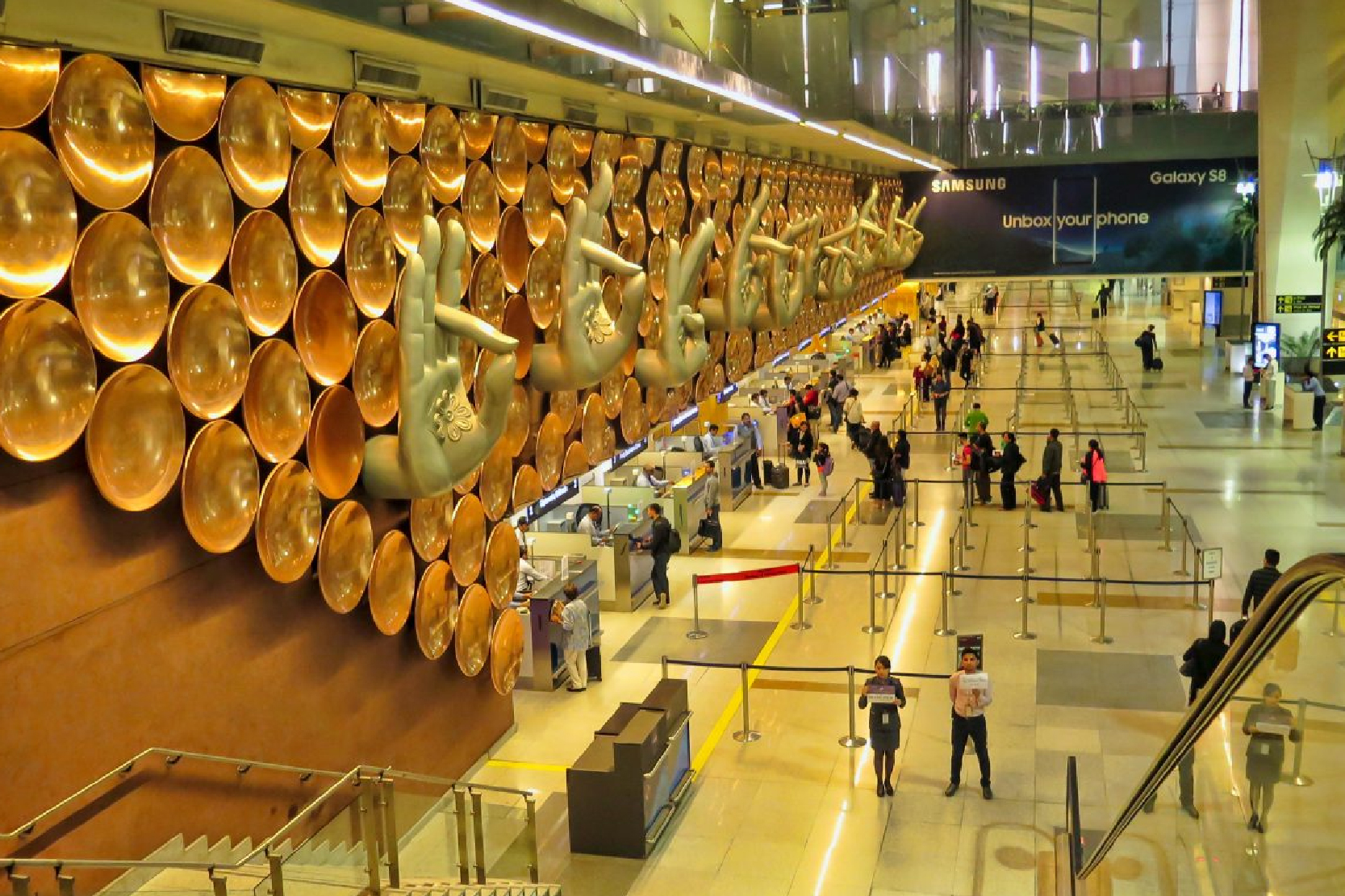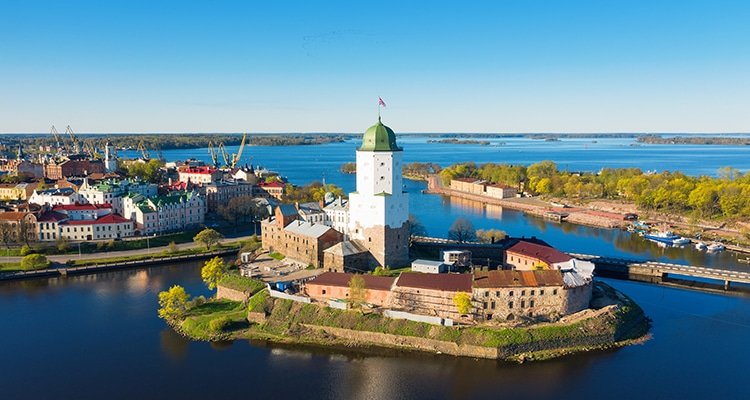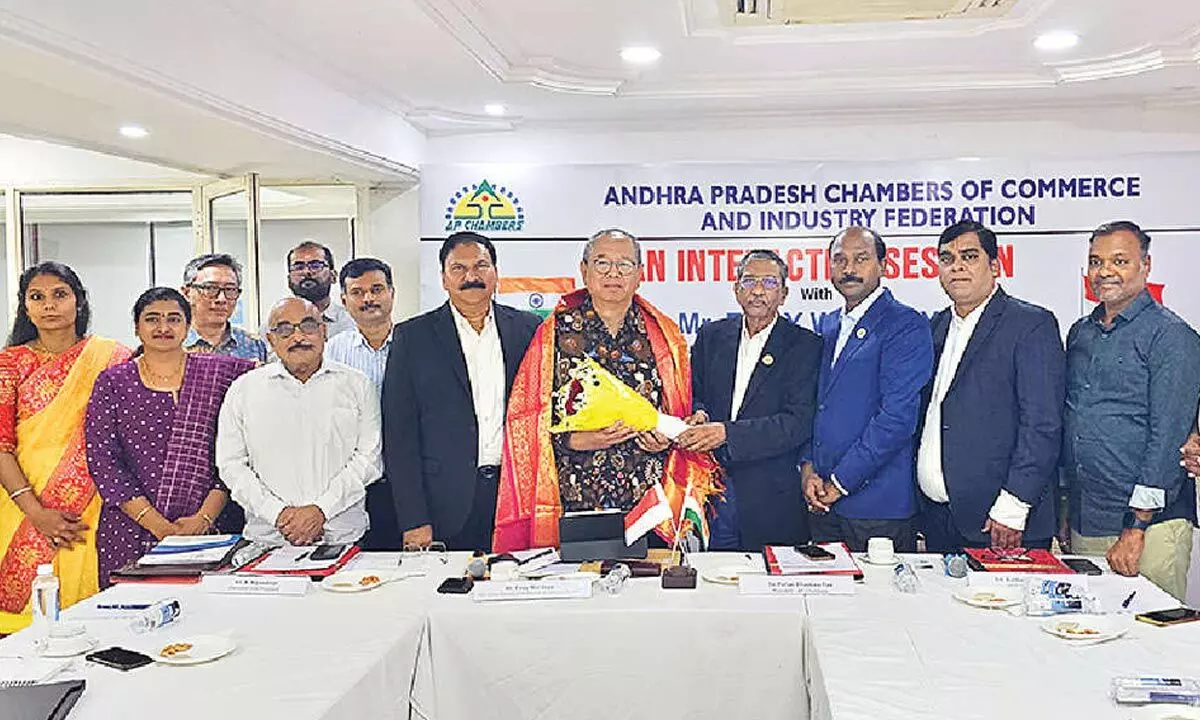Pravasi Samwad reproduces the New York times obituary of Raghavan Iyer, who broke with traditions in writing cookbooks, teaching thousands of cooks, consulting for restaurants, leading tours, catering meals and creating frozen dinners
Raghavan Iyer, who left India for the United States as a young man clueless about how to cook even a simple potato curry and went on to teach America’s heartland how to prepare one of the world’s most complex cuisines, died on Friday in San Francisco. He was 61.
The cause was pneumonia complicated by colorectal cancer that had metastasized to his lungs and brain, said Terry Erickson, his partner of 41 years. Iyer lived in Minneapolis and was visiting San Francisco at his death.
Erickson was one of the first people Iyer met when he arrived in Minnesota from Mumbai at 21 to attend a small but well-regarded hospitality management program. He had picked it because it was the least expensive one he could find in America.
“When I first got to this country, I was almost embarrassed about where I was from and the food we ate,” he said in an interview with The New York Times in February. After a while, he said, he realized that his culture was the “tool” he could use to overcome feelings of inferiority.
Iyer parlayed a rascally charm and a palate imprinted by the vegetarian South Indian food of his childhood into a prolific career, one built in part on the cookbooks of Madhur Jaffrey and Julie Sahni, the Indian cooking heavyweights who began their culinary careers in the 1970s. He referred to them as “the grandes dames of Indian cooking”.
His contributions were a bridge to a new breed of American cooks and cookbook authors from the Indian diaspora, like Nik Sharma and Asha Gomez, who broke with classic preparations and found success playing with ingredients – swapping feta for the Indian cheese paneer, for example, or replacing the crust of a pizza with naan.
Iyer consulted for restaurants around the country, taught countless workshops, led tours to India, created a line of frozen Indian meals for Target and instructed thousands of professional cooks at universities, museums and companies, including Google. But his favorite thing was helping individual cooks confidently tackle dishes like curries and biryanis, often using basic ingredients that are common in supermarkets.
Iyer published “Betty Crocker’s Indian Home Cooking”, the first of his seven books, in 2001. The Betty Crocker company hadn’t been in the market for an Indian cookbook, but Iyer kept pressing an editor he knew at General Mills, Betty Crocker’s corporate parent, with headquarters in Minneapolis.
Betty Crocker eventually let him cook a multicourse Indian lunch for a collection of executives and book publishers. It was a spectacular success. Afterward, he asked, “Is Betty ready for Indian?” The book went on to be a hit.
“He was very kind to those of us who are not great cooks,” said the author Amy Tan, who befriended Iyer at the novelist Scott Turow’s wedding. “He knew if you made this all authentic, quote unquote, I am not going to make it. He was all about love and sharing and being honest and genuine.”
Iyer’s approach sometimes put him at odds with cooks in the Indian diaspora, who thought he was compromising recipes and drifting too far from traditional preparations.
His last book, “On the Curry Trail: Chasing the Flavor That Seduced the World in 50 Recipes”, which he wrote between bouts of chemotherapy and surgeries, was published in February. It centers on curry powder, an ingredient that has introduced many non-Indians to the cuisine but remains controversial. In Western countries, many people define curry not as a saucy dish but as the taste that comes from a can of curry powder – the invention of British colonialists who wanted an easy way to take the flavors of India home with them.
That was in part why Iyer thought the powder would be an intriguing subject for a book. “We were pummeled by colonials for hundreds and hundreds and hundreds of years,” he said. “So, I wanted to look at the diaspora of curry powders through the eyes of the colonials who invented it and the Indians who they sent around the world.”
Iyer was a master at nurturing friendships, mixing just the right amount of caring, gossip and knowledge to endear him to friends in almost every state. He would often use his books as an excuse to visit his vast network. The tour schedule for “Smashed, Mashed, Boiled, and Baked – and Fried Too!” (2016), a book about his beloved potato, was 54 pages long.
“I don’t want to die a bitter old queen,” he said in the interview in February, one of his last. “I’ve been recognized. I’ve been fine professionally. But the one legacy that I’m leaving behind are my relationships. It’s what I can hang my hat on.”
Iyer was promoting that last book and visiting friends in California when he developed pneumonia and was hospitalized in San Francisco. Erickson flew in from Minneapolis, and, four days later, Iyer died in the hospital.
Raghavan Ramachandran Iyer was born on April 21, 1961, in Chidambaram, a small city in the southern Indian state of Tamil Nadu, to Gangabai Ramachandran, a homemaker, and S. Ramachandran, an officer in the Indian navy who later moved the family to Mumbai. He was the youngest of six children. His oldest sister, Lalitha Iyer, was a resident in obstetrics and gynecology when their mother was pregnant with Iyer, and she helped deliver him.
Iyer, who attended Jesuit schools, wanted to be a doctor, too, but he didn’t get into medical school, although he did earn a Bachelor of Science in chemistry at Bombay University. Because he spoke six languages and loved to eat, he decided to pursue a career in hospitality.
Soon after he met Erikson at Southwest Minnesota State University, the two fell in love. They moved to Lansing, Mich., to pursue hospitality degrees at Michigan State University before settling back in Minneapolis. It was a time when gay couples were often closeted, which for many years was true for them, Erikson said.
In addition to Erikson, Iyer is survived by their son, Robert, who also lives in Minneapolis, and four siblings in India: Bhaskaran, Lalitha and Ravi Iyer and Mathangi Gopalkrishnan.
He went on to write “660 Curries: The Gateway to Indian Cooking” (2008), an 800-page compendium that remains an essential reference, and to win a number of awards for his teaching, books and television work.
“I don’t want to die a bitter old queen,” he said in the interview in February, one of his last. “I’ve been recognized. I’ve been fine professionally. But the one legacy that I’m leaving behind are my relationships. It’s what I can hang my hat on.”
(New York Times)
*********************************************************
Readers
These are extraordinary times. All of us have to rely on high-impact, trustworthy journalism. And this is especially true of the Indian Diaspora. Members of the Indian community overseas cannot be fed with inaccurate news.
Pravasi Samwad is a venture that has no shareholders. It is the result of an impassioned initiative of a handful of Indian journalists spread around the world. We have taken the small step forward with the pledge to provide news with accuracy, free from political and commercial influence. Our aim is to keep you, our readers, informed about developments at ‘home’ and across the world that affect you.
Please help us to keep our journalism independent and free.
In these difficult times, to run a news website requires finances. While every contribution, big or small, will makes a difference, we request our readers to put us in touch with advertisers worldwide. It will be a great help.
For more information: pravasisamwad00@gmail.com



